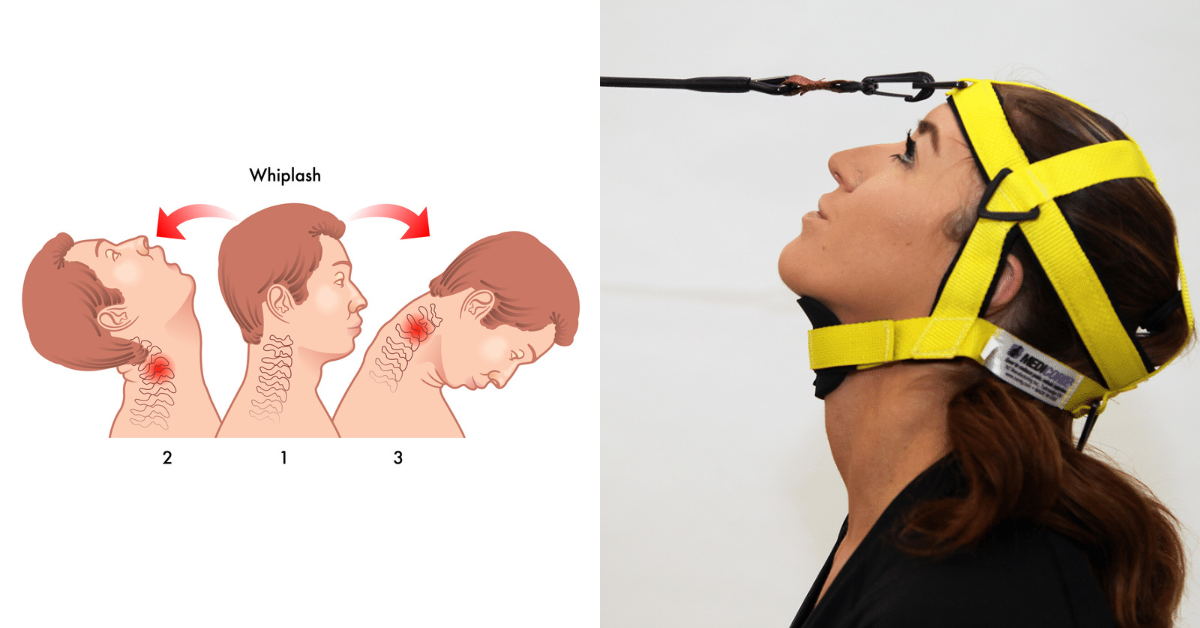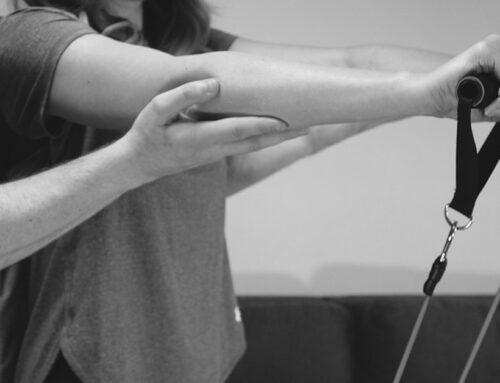Whiplash is a condition in which the head quickly moves backward and forwards with force, often a result of a rear-end collision, a sports injury, or from other trauma such as a fall.
It can cause damage in the vertebrae, muscles, and ligaments in your neck, and can range in severity from temporary mild discomfort to chronic pain. Whiplash isn’t typically visible on X-rays, MRI’s or CT scans, however, those tests can be used to rule out other injuries or contributing factors.
Whiplash should always be treated by a doctor, physical therapist, chiropractor or other medical professional. They may treat any or all of your symptoms, which can include:
- Neck pain and stiffness
- Headaches
- Limited range of motion
- Dizziness
- Tingling or numbness through the shoulders and arms
- Fatigue
In some instances, symptoms could also include:
- Blurred vision
- Ringing in the ears
- Memory problems
There are a variety of treatment options for whiplash, depending on the symptoms and severity. For pain and discomfort, over-the-counter or prescription anti-inflammatories may be prescribed. Physical therapy is also a frequent treatment, which can include ultrasound and massage therapy, stretching, and exercise.
Sports injury-related whiplash can be prevented by regular neck strengthening exercises
Try these 3 stretches to build neck and shoulder strength while increasing mobility. Then, use the Medicordz® headset kit and head strap kit to gradually add resistance and keep your progress growing! It is always recommended to consult your healthcare professional before starting any exercise program.
-
- Chin Tucks. These movements can be used to stretch and strengthen the cervical spine. From a seated or standing position, start by looking forward then moving your head backwards so that your chin is tilted down, while keeping everything else below your head stationary. Hold for 5 seconds, and return to starting position. Repeat up to 10 times.
- Side to Side Rotations. These movements can decrease tension or tightness while working to increase mobility or range of motion. From a seated or standing position, rotate your chin toward your right shoulder. Hold for 10-20 seconds, then rotate your chin toward your left shoulder and hold. Repeat 3-5 times rotating from side to side.
- Head Tilts. Like the above move, this one is great for decreasing tension while increasing range of motion. From a seated or standing position lower your right ear toward your right shoulder and hold for 10-20 seconds. Then move to the left siding, tilting your left ear toward your left shoulder and holding. Repeat 3-5 times moving from side to side.





